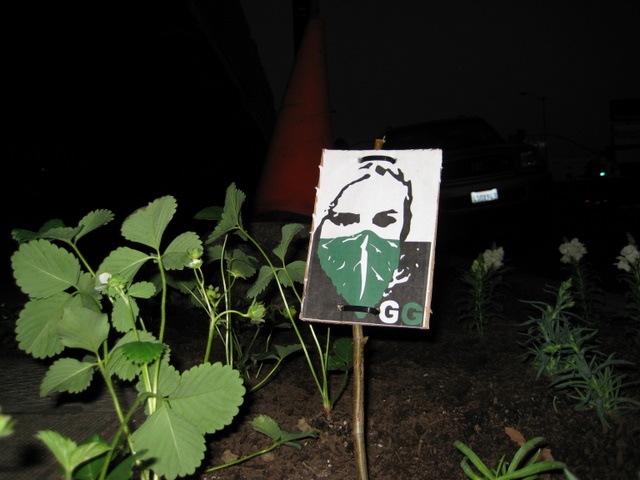In the year 2015, there has been a variety of eco-friendly movements implemented in the United States. Notions such as “going green”, composting, and the use of solar panels have become highly celebrated in our society and sometimes individuals are rewarded for their use of “green” alternatives. However, “Guerilla Gardeners,” participants in yet another environmentally friendly movement, are finding themselves being punished rather than rewarded for their efforts.
“Guerilla Gardening” has been around for decades as its roots come from a movement that occurred in the 1970s in Paris, France. For a number of years, the movement faded into history, but rebounded in the year 1999. According to Jenifer Cockrall-King, author of Food and The City writes, “ In 1999, a group of ‘guerilla gardeners’—activists who plant food gardens on underused or abandoned urban sites without approval of the land’s owners—planted an illegal garden on a former industrial site. The project, called the Green Hand, received official approval a couple years later when Paris mayor Bertrand Delanoë supported urban revitalization and urban greening initiatives.”
From this period forward, the illegal form of gardening has spread to the various parts of Europe and even across seas to America. Perhaps, it is becoming more popular because members of society wish to not only beautify vacant industrial lots, but also provide the community with access to a variety of free fruits and vegetables. In order to effectively maintain a “Guerilla Garden,”individuals involved must plant the initial seeds in the middle of the night to ensure limited visibility and be wary of any graffiti on the site as this could send the wrong message to the community. Though this movement seems as if it would benefit a majority of people, especially in urban areas, it is still illegal.
In order to combat the legality issue, organizations such as NeighborSpace have been created. Neighborspace is a Chicago-based group that transform open lots into community assets. Their website says, “The City of Chicago, Chicago Park District, and Forest Preserve District of Cook County worked together to establish NeighborSpace as a non-profit in 1996 and charged the organization with the mission to acquire such properties and ensure their continued survival. These three governmental agencies continue to provide leadership and financial supportto protect community-managed open spaces in Chicago.”
To learn more about Neighborspace or to volunteer your time, visit NeighborSpace.

